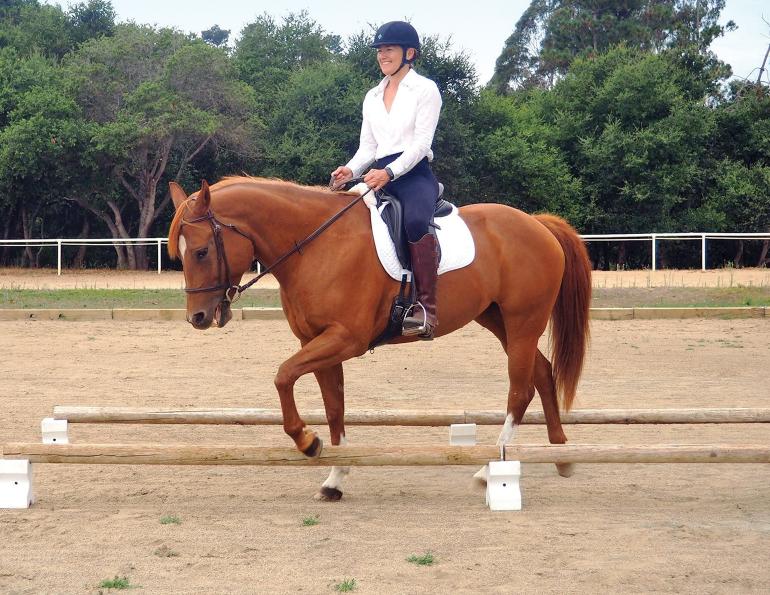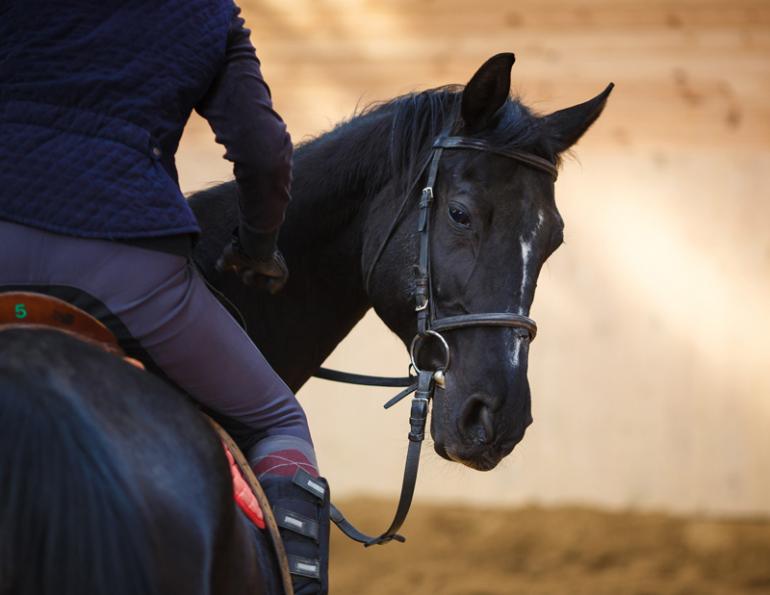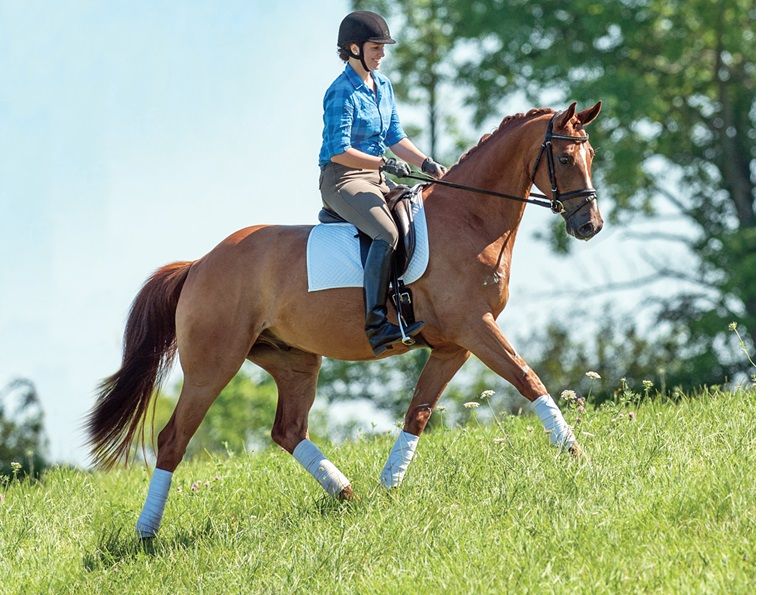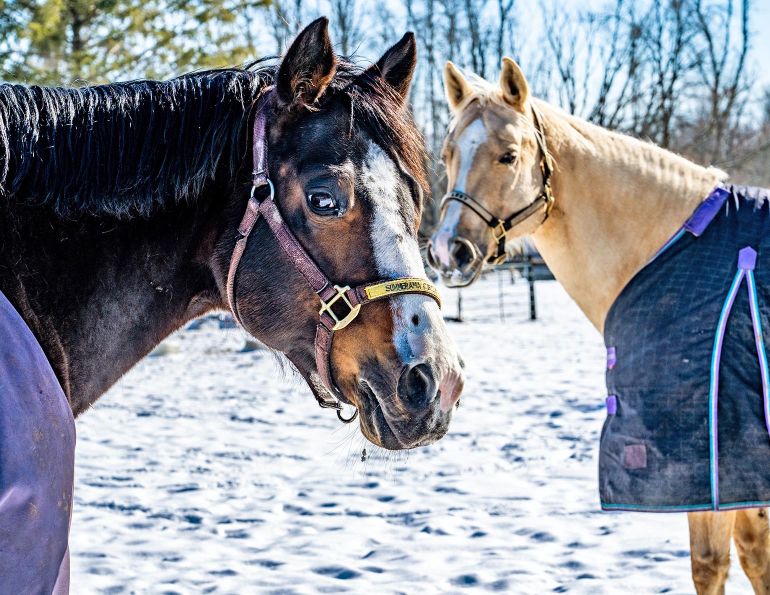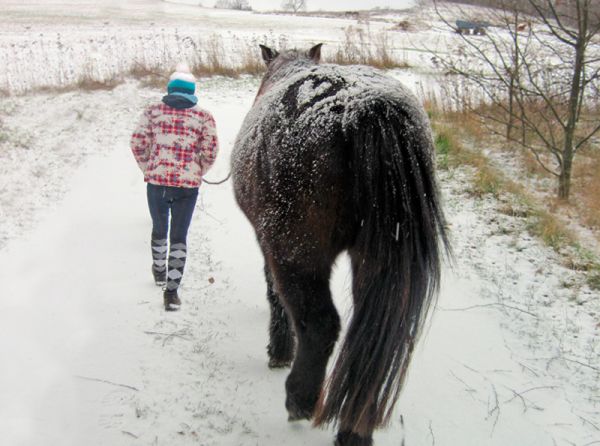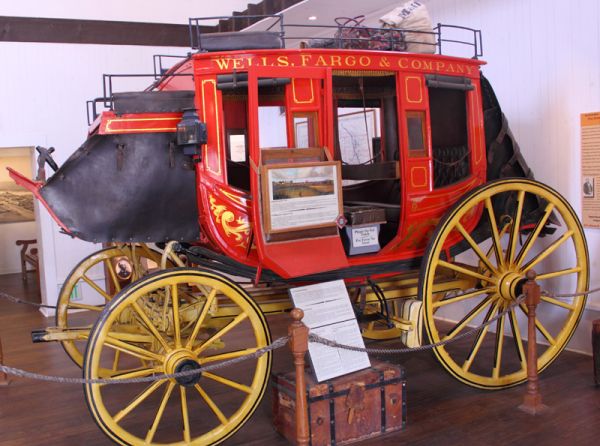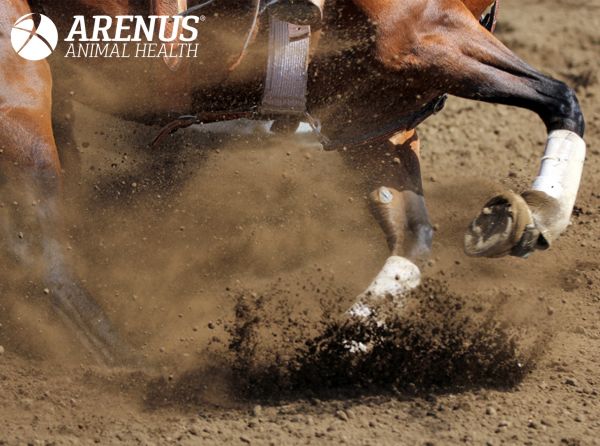By Nicole Weidner, Equine Guelph
Equine Guelph researchers are continuing to put Canada on the map in the world of horse welfare research – this time focusing on the use of training equipment in horses. The researchers, led by Dr. Katrina Merkies, were interested in how often riders and trainers use training equipment, such as whips, spurs, and head-control equipment (martingales, draw reins, etc.), and how often horse enthusiasts not actively involved with horses think that the equipment is used.
Interestingly, they found that the non-active horse enthusiasts thought that spurs and head-control equipment were used more often than what was actually reported by riders and trainers.
Many believe training equipment, like spurs, whips and martingales, can help people communicate cues to horses when used properly. When the equipment is used improperly, it can cause confusion and stress, adversely affecting the horse’s welfare. Despite the increased interest in horse welfare in Canada, Merkies notes that there was no Canadian research on how often training equipment is actually used, or how often it was thought to be used, until now.
The researchers also asked study participants what the training equipment was used for, such as augmenting rider or trainer cues, or lunging. Interestingly, non-active horse enthusiasts also believed that certain training equipment was used for positive punishment purposes more often than was actually reported by the riders and trainers.
Merkies points out, “The use of a training device such as spurs or whips in and of itself is not a bad thing. In the hands of a skilled and knowledgeable trainer, the use of a training device may actually result in finer, lighter aids for the horse and better communication with the rider.”
The research team suggests that educational efforts should be made to ensure that the broader community recognises this. She points to the International Society for Equitation Science’s position statement on aversive stimuli in horse training as an educational resource for understanding the proper use of training equipment.
Merkies sees several potential directions for this research. She explains, “It would be interesting to look at how professional trainers interpret the application of various training aids. Do they understand learning theory? I’d also like to look at rider/trainer recognition of conflict behaviour in ridden/driven horses and determine what the common belief is about why horses are exhibiting these behaviours. Further investigation may also look at the force applied by various training equipment - it was often commented that a piece of equipment was used ‘lightly,’ but how light is light?”
These results and more were recently published in the Journal of Applied Animal Welfare Science.
Reprinted with the kind permission of Equine Guelph.
Photo: Shutterstock/Labrador Photo Video




